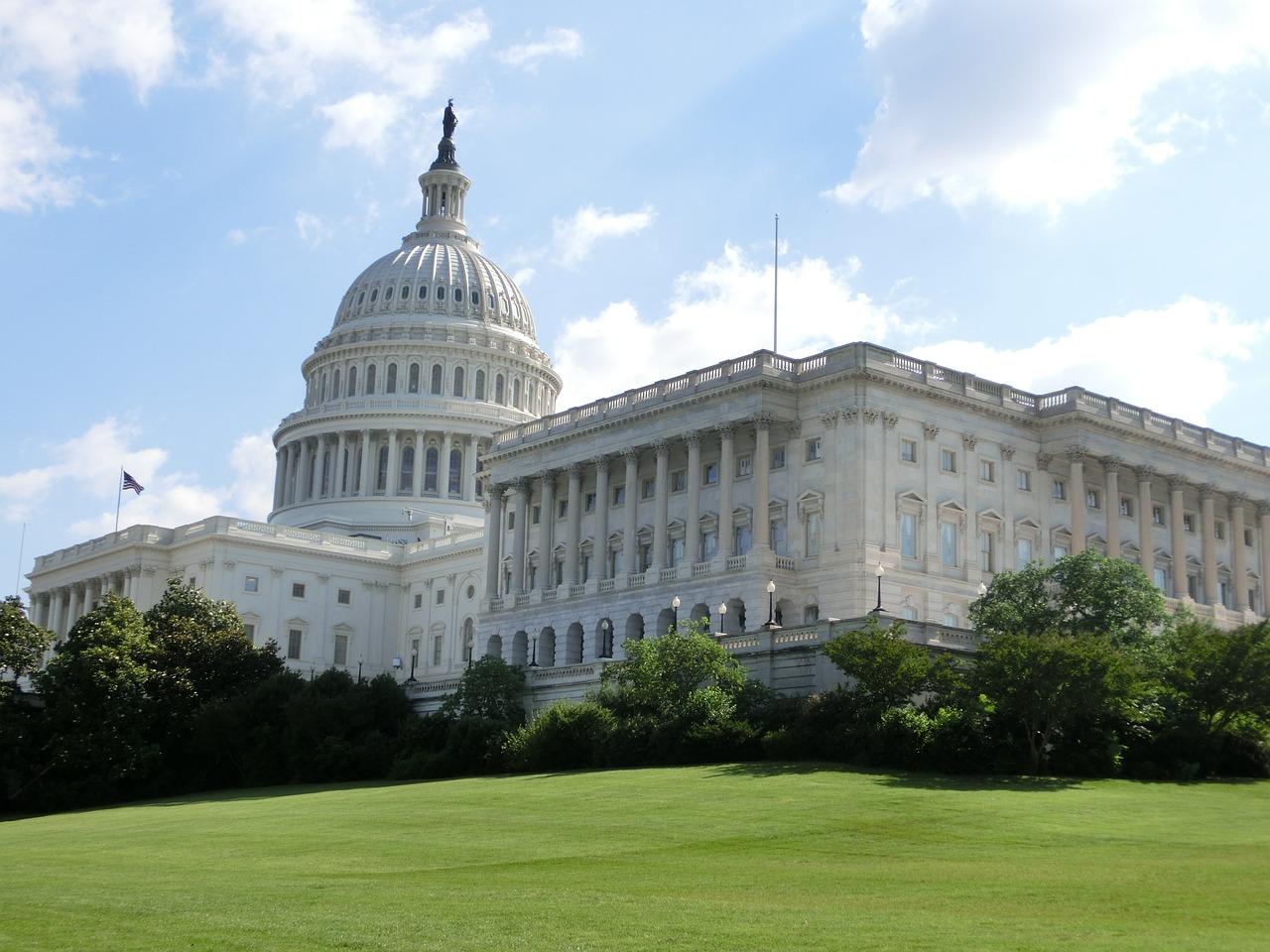49 6.2 Public Sector Institutions

Public institutions are, essentially, all of the agencies, offices, and other entities that constitute local, state and federal governments. These organizations are funded by tax dollars and operate in the service of the citizens that pay those taxes.
The information they generate comes from the work they are charged with performing. The output of agencies which regulate particular industries might include databases of licenses issued, rules and regulations for the operation of an organization, analyses of business conditions, censuses of operations. The output of agencies that monitor the environment, or transportation, for example, would be reports and studies and statistics that track current conditions or make projections.
Organization of Public-Sector Institutions
One way to picture the complex organization of public-sector institutions that generate information is to visualize the information as it is presented below.
|
Branch |
Local |
State |
National |
|
Legislative |
City Council |
Legislature |
Congress |
|
Judicial |
Municipal Courts |
State Courts |
Federal Courts |
|
Executive |
Mayor |
Governor |
President |
Each level and each branch of government generates information. The information sources are so voluminous that it would require a book for each of the branches to discuss comprehensively the material available at each level and in each branch, and the tools to locate that material. The important thing for you as a communications professional is to understand that each level of government generates information that is likely to be important for most messages you will work on and that there are efficient and effective ways to locate that information if you know how and where it is generated.

